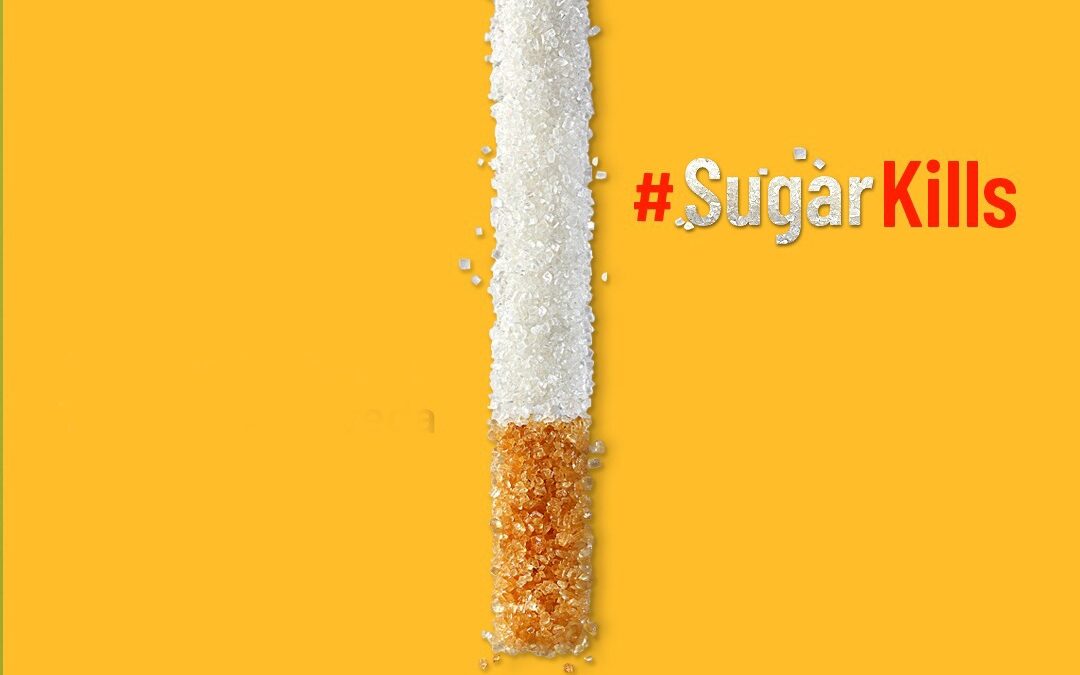The glucose in the bloodstream is treated as the energy source for the function of our bodily systems. This energy source is derived mainly from:
- Intestinal absorption
- Hepatic production
- Kidney production
This produced or derived glucose concentration in plasma is controlled by some hormones like:
- Insulin
- Glucagon
The physiology of glucose homeostasis is primarily controlled by insulin release in response to elevated glucose levels. The presence of glucose in the blood can be termed Glycemia. If it became unusually high concentration, it is called Hyperglycemia; if it is unusually low concentration, it is called Hypoglycemia. We can measure the blood sugar level diagnostically by certain blood tests like:
- Random blood sugar
- Fasting blood sugar
- Postprandial blood sugar
Range of glucose levels:
| Test | Range (mg/dl) | Case | |
| 1 | FBS | 70-100 | Non-Diabetic |
| PPBS | <140 | ||
| 2 | FBS | 100-126 | Pre-Diabetic |
| PPBS | 140-200 | ||
| 3 | FBS | 126 | Established Diabetic |
| PPBS | 200 |
When we evaluate the conditions of blood glucose variation, it is clear that both the cases- unusually higher and unusually lower can lead to a dangerous condition for the patient. The hypoglycemic condition leads to the symptoms like blurred vision, palpitation, sudden mood change, fatigue, headache, shivering, loss of consciousness, seizure, or even coma and may lead to death if not treated well. The test may reveal the glucose level to be less than or equal to 70 mg/dl.
If the blood sugar level gets raised unusually due to the metabolic problem, the person can lead to Diabetic. For normal persons, PPBS >140 mg/dl is termed Hyperglycemia. For diabetic patients:
- Early diabetic: > or equal to 180 mg/dl
- Established diabetic: > or equal to 200 mg/dl
It may show symptoms like headache, blurred vision, urine frequency and urgency, fatigue, regular skin rashes and slow-healing ulcers. If the condition of diabetes last for long may damage:
- Eyes (Retinopathy)
- Nerves (Neuropathy)
- Kidney (Nephropathy)
Among the population, Hyperglycemia is more common than Hypoglycemia, and in most Hyperglycemia cases, more clearly diabetic cases are under medication to control the same. So, a higher glucose level in the body may destroy the body gradually if not treated well.
Ayurvedic treatment for diabetes The treatment provides metabolic correction and activation of the functions of internal organs thereby effectively managing the present disease symptoms as well as its further advancement, thus keeping the patient away from future complications of diabetes.

